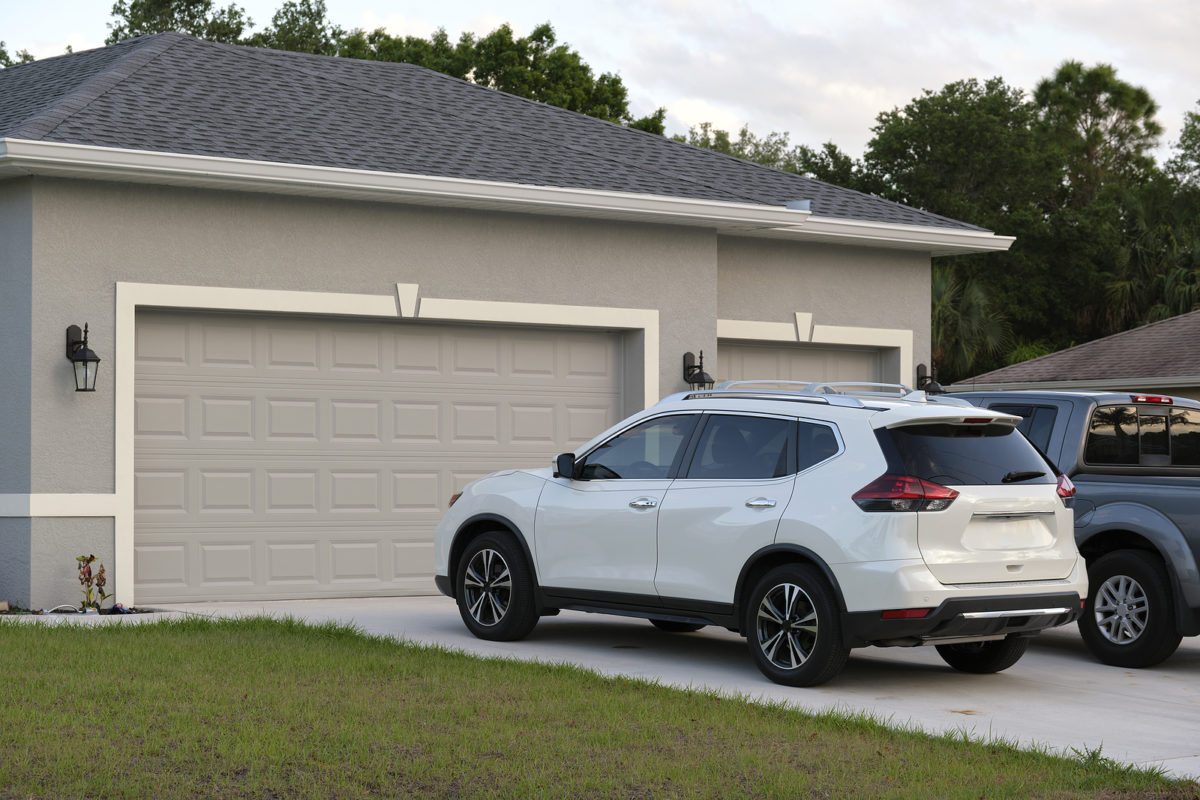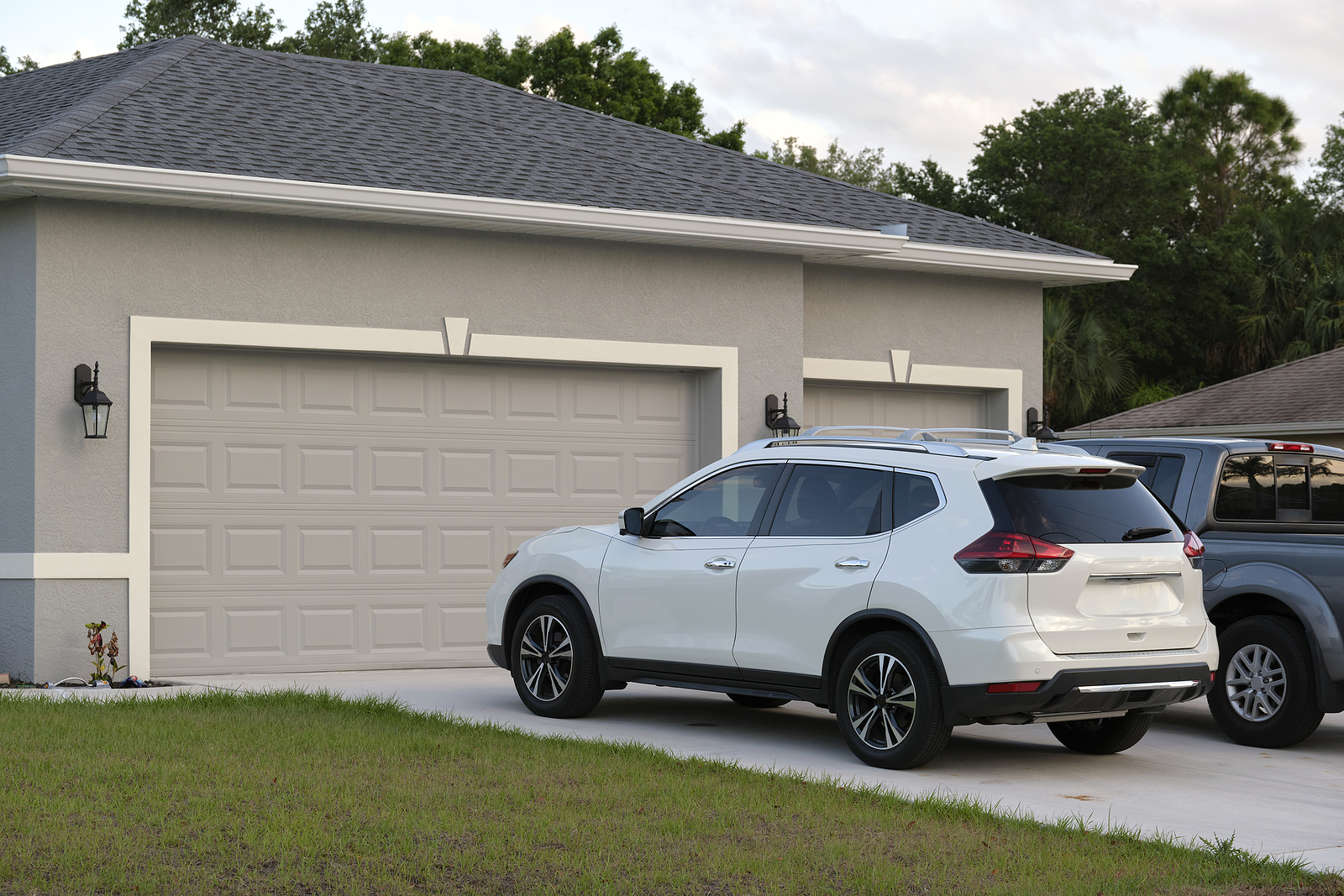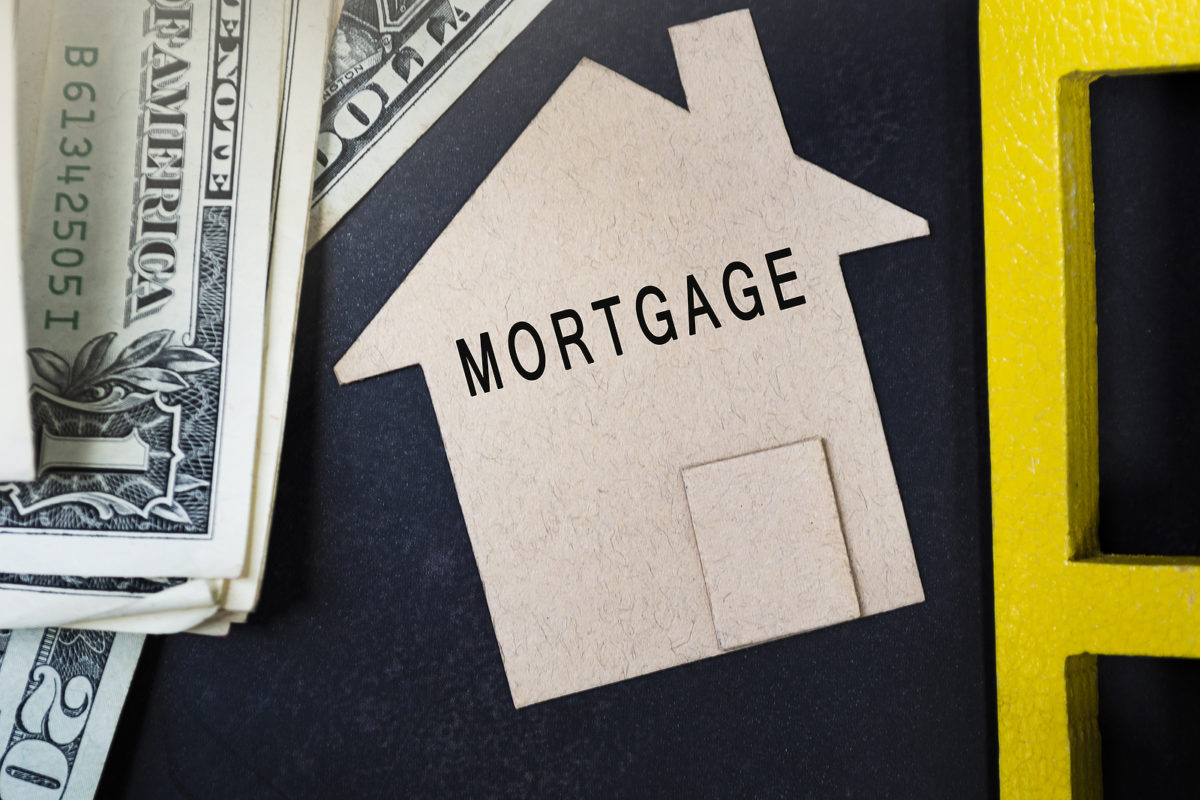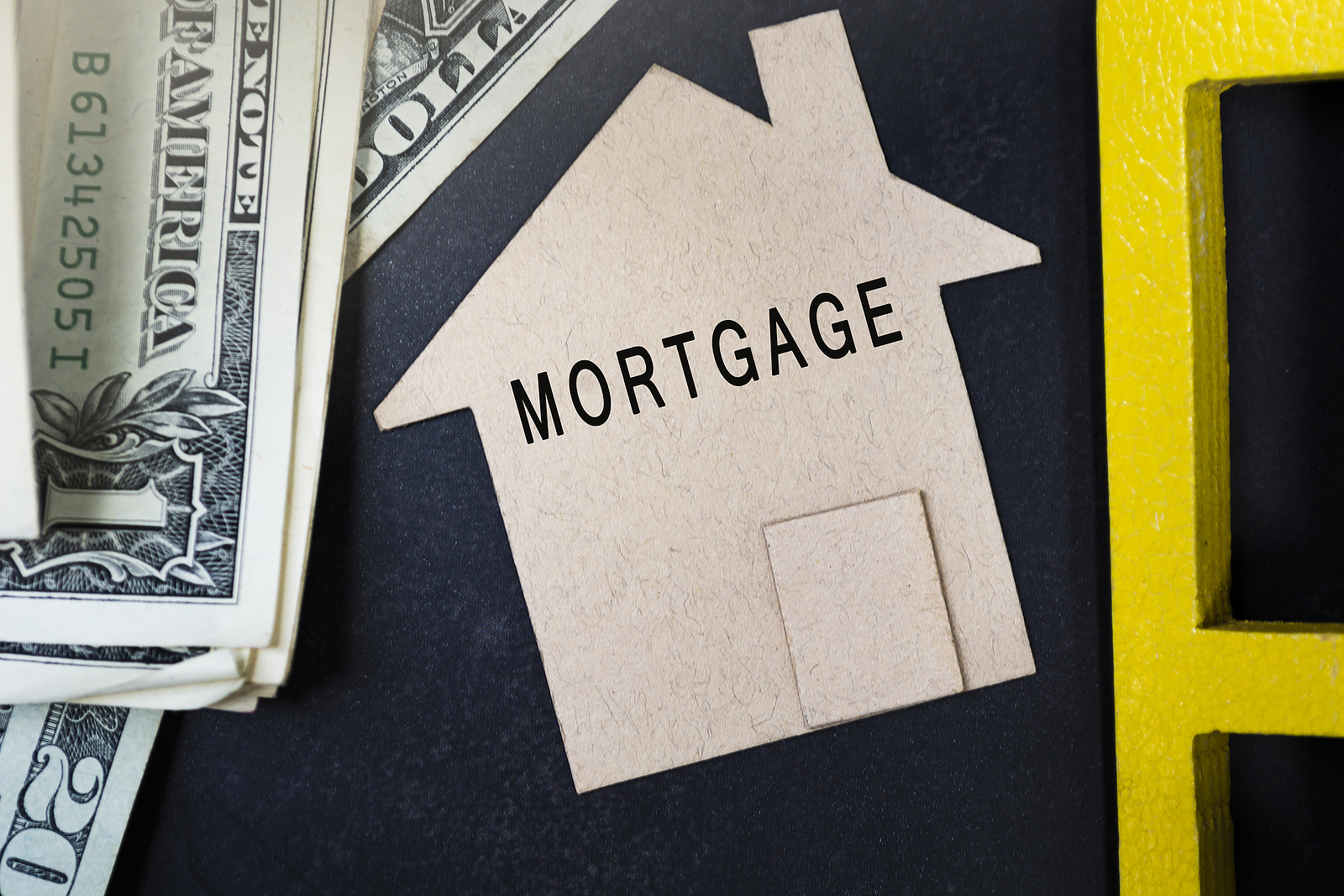When you’re getting ready to move, it’s common to want to lighten the load. Unfortunately, most of your excess belongings, whether they’re waiting to be sold, given away, donated or stored, end up in the garage – with all the other stuff you’ve stuck out there over the years.
It’s like a giant junk drawer and, while your home is on the market, it will be visible to anyone who views the home. It’s unfortunate that with all of the advice out there about staging a home for sale, few of the experts recommend staging the garage.
A few years ago the National Association of Home Builders (NAHB) published a study of homebuyers and what they’re seeking in their new home. More than half of them said they want a garage and 86 percent said that a garage with storage is either desirable or essential.
If you’re ready to tackle the cleanup of that giant junk drawer we have a couple of tips for you.
1. Pull it all out
That’s right, pull everything out of the garage and onto the driveway. This leaves you with a completely blank slate with which to work your magic.
Now you’ll need to clean the garage – which isn’t at all like cleaning a house. The tools and products you’ll need depends on how the garage was used. If it was used as storage your job will be easy. If, on the other hand, you did wood working or auto repair projects in the garage, you have your work cut out for you.
The best way to start is with a thorough sweeping of the walls and the floor, then a power washing. You may need to finish up by using a scraper to get at the paint splatters and other substances that remain after washing.
If it’s oil or grease that remains, you’ll need a concrete degreaser and a deck brush to scrub the area clean.
2. Splash some paint around
When the floor dries, it’s time to get some paint on the walls and finish the floor. Semi-gloss finish paint is ideal for the walls and epoxy floor coating will make the garage floor look pristine. The guys at This Old House claim that coating the floor is an easy DIY job and show you how on their website.
2. Lug it back in
While everything dries, sit down and figure out how you’ll organize the items you’ll be bringing back into the garage. Whether that involves building or buying shelves, plastic bins, pegboard on which to hang things or a combination of all three, plan it out on paper.
Get tips and ideas at HGTV.com, Pinterest.com and RealSimple.com.
Then, bring in only the items that you’ll truly need before you move. Organize everything according to your plan and take the rest to storage or give away, sell or donate them.
Every neighborhood has that one guy whose garage is so clean it seems like you can eat off the floor. That guy (or gal!) should be you by the time you’re finished.
Congratulations! You now have the sexiest garage in your neighborhood.



















